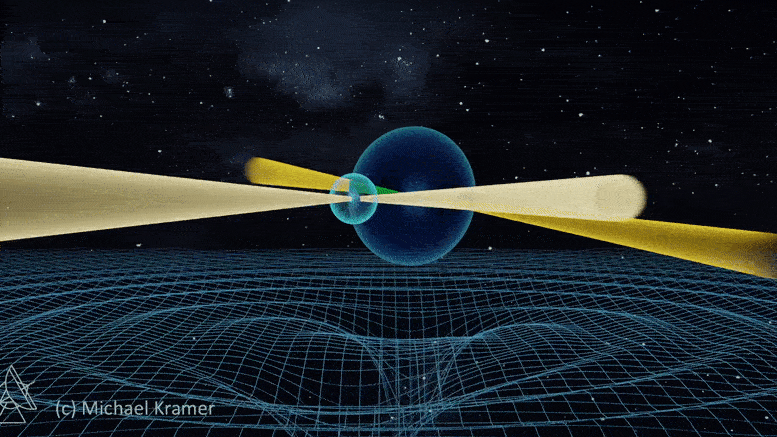
A newly discovered “mini” supermassive black hole could help reveal some of the secrets behind the biggest black holes in the cosmos.
Researchers using NASA’s Chandra X-ray Observatory recently discovered a monstrous black hole that was “buried” in dust and gas in a dwarf galaxy, according to a statement by the Chandra team. The black hole, which has about 200,000 times the mass of our sun, lies in the center of the dwarf galaxy Mrk 462, and, while it is enormous, it is one of the smallest supermassive black holes ever found.
“This black hole in Mrk 462 is among the smallest of the supermassive, or monster, black holes,” Jack Parker, a researcher at Dartmouth College in New Hampshire who co-led the study identifying and studying this black hole, said in the statement. “Black holes like this are notoriously hard to find.”
Related: Eureka! Scientists photograph a black hole for the 1st time
Mrk 462’s host galaxy “only” has several hundred million stars. While this might seem like a lot, our Milky Way galaxy has a few hundred billion stars, so this number classifies Mrk 462 as a dwarf galaxy, according to the statement.
Until now, the black hole has been obscured from our view, clouded by dust and gas in Mrk 462. In a larger galaxy, scientists might be able to find a black hole by observing stars moving rapidly at a galaxy’s center (signs of the gravitational influence of a black hole), but that wouldn’t be possible in a galaxy this small. Instead, the team was able to use Chandra to see the glowing X-rays being emitted from gas being sucked into the black hole.
This is actually one of the first times that a black hole obscured by gas and dust in this way has been observed in a dwarf galaxy, according to the statement.
“Because buried black holes are even harder to detect than exposed ones, finding this example might mean there are a lot more dwarf galaxies out there with similar black holes,” study co-lead Ryan Hickox, also a researcher at Dartmouth, said in the same statement. “This is important because it could help address a major question in astrophysics: How did black holes get so big so early in the universe?”
The team hopes that this discovery could help to further the conversation around how supermassive black holes reached such incredible sizes so quickly in the early universe, an enduring scientific mystery.
There are a number of competing theories looking to explain how our universe’s supermassive black holes “could pack on weight quickly enough to reach the sizes seen in the early universe,” as the Chandra statement puts it.
Every galaxy is thought to have stellar-mass black holes, but not many supermassive black holes have been confirmed to exist in dwarf galaxies. So discoveries such as this could help to explain their existence.
“We can’t make strong conclusions from one example, but this result should encourage much more extensive searches for buried black holes in dwarf galaxies,” Parker said about this discovery. “We’re excited about what we might learn.”
This work was presented Jan. 10 at the 239th meeting of the American Astronomical Society meeting in Salt Lake City and as part of a virtual news conference.
Email Chelsea Gohd at cgohd@space.com or follow her on Twitter @chelsea_gohd. Follow us on Twitter @Spacedotcom and on Facebook.
Join our Space Forums to keep talking space on the latest missions, night sky and more! And if you have a news tip, correction or comment, let us know at: community@space.com.

Chelsea “Foxanne” Gohd joined Space.com in 2018 and is now a Senior Writer, writing about everything from climate change to planetary science and human spaceflight in both articles and on-camera in videos. With a degree in Public Health and biological sciences, Chelsea has written and worked for institutions including the American Museum of Natural History, Scientific American, Discover Magazine Blog, Astronomy Magazine and Live Science. When not writing, editing or filming something space-y, Chelsea “Foxanne” Gohd is writing music and performing as Foxanne, even launching a song to space in 2021 with Inspiration4. You can follow her on Twitter @chelsea_gohd and @foxannemusic.
Note: This article have been indexed to our site. We do not claim legitimacy, ownership or copyright of any of the content above. To see the article at original source Click Here













